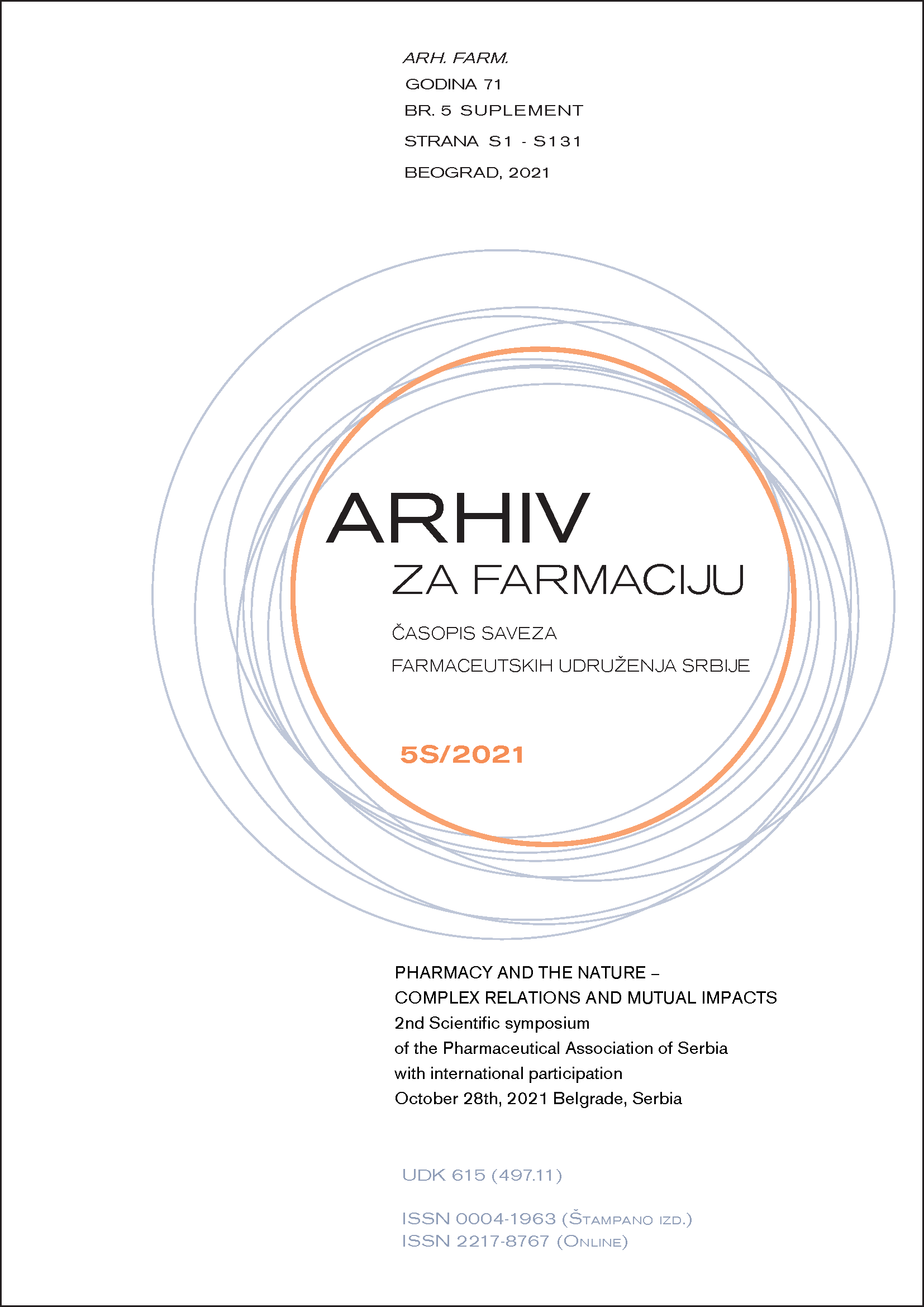PHARMACOTHERAPY AND RISK FACTORS OF INTERMITTENT CLAUDICATION IN PATIENTS WITH PERIPHERAL ARTERIAL DISEASE
Abstract
The most common symptom of lower extremity peripheral artery disease is intermittent claudication (1). The drugs used in peripheral artery disease can be directed at specific treatment of the claudication, in order to achieve increased walking distance, or at the secondary prevention of cardiovascular events, thus achieving a better vital prognosis of the disease (2,3). The aim of this study is to evaluate the therapeutic effects of drugs (acetylsalicylic acid, cilostazol, pentoxifylline) in combination or monotherapy and risk factors (smoking, dyslipidemia, diabetes, hypertension, use of beta blokers) on intermittent claudication in patients with peripheral artery disease. According to the inclusion criteria, 71 patients (48 male and 23 female) with peripheral artery disease symptoms were included in a prospective cross sectional study. Data were collected using the questionnaire based on demografic data, patient medical history, medication review and intermittent claudication distance. The positive outcome of therapy, regarding the increase of the intermittent claudication distance was recorded in 64.79% of the subjects. By analyzing the mean and absolute claudication distance after having started the therapy, the greatest improvement was noticed in the group of subjects who simultaneously used acetylsalicylic acid and cilostazol (p=0.083). However, the presence of diabetes (p=0.033) and the use of beta blockers (p=0.015) significantly reduced the effectiveness of therapy. The combined therapy of acetylsalicylic acid and cilostazol is more effective than monotherapy for treatment of intermittent claudication in patients with peripheral artery disease. Therapeutic effects are significantly reduced in diabetic patients and patients treated with beta blockers.

